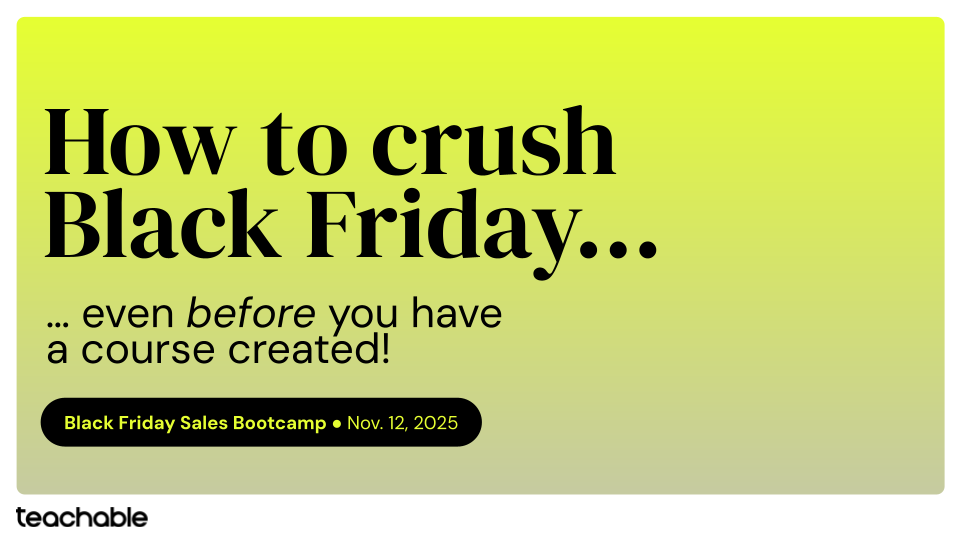Your company’s value is defined by what it offers: products, services, and attention to customers. But if your business offers more than one thing, you need to fully grasp your product mix, the full range of your offerings customers. Let’s take a closer look at what product mix is, how it works, and how you can improve your business’s product mix for even more profits.
What is a product mix, exactly?
In a nutshell, product mix – also called product assortment – is the total number and variety of product lines that your company offers to its target audience and customers.
Say that you run a business that creates athletic leisure wear for physically active men and women. Your business might make a variety of products, such as:
- Workout pants
- Running socks
- Exercise shirts and tank tops
- Yoga mats
- Gym bags
- Etc.
The product mix refers to the set of different product lines or product types you produce. The market mix includes the products your company offers through major distribution channels. Or products you offer through subsidiary brands or companies.
Regardless of your business’s industry or focus, the product mix consists of four major factors:
- The width or total number of product lines: For instance, if you make T-shirts, socks, and pants, your product mix width is three
- The length or total number of products you make: This includes all the products in each given line. So if you make five different types of T-shirts, five different types of socks, and five different types of pants, your product mix length is 15
- The depth or product variations: Variations include differences in terms of size, color, or other major characteristics. Most companies report the average variation of their product lines rather than the total variation. For instance, if your T-shirt variation is three, your sock variation is five, and your pants variation is four, your average variation is four.
- Consistency is how closely related product lines are to each other. In the above example, all of your product lines are highly related and someone could theoretically purchase one product from each line to get a complete set of athletic clothes. But if you also offer sports drinks or protein powder, your consistency is more diverse (since some of your products are edible, for instance, but others are not.)
Take our quiz
Find out which digital product you should create first.
The importance of a product mix in marketing
Product mix can be a very important element of marketing campaigns and long-term strategies.
Say that you want to expand your target audience or customer base. One of the best ways to do that is to analyze your product mix. See if there are any areas in which you don’t offer products that your competitors do.
Let’s take the above example of an athletic clothing company. Say that you analyze your product mix and find that you only produce athletic clothes. But competing companies in the same niche offer sports drinks, protein powders, and athletic accessories, such as fitness devices or tools.
By analyzing your product mix, you can identify a gap in the products or services you offer that you might be able to take advantage of. Once you figure out which new products you plan to offer, you can highlight these with your upcoming marketing campaigns and materials. Featuring it all in online ads, social media announcements, your website, and more can all be beneficial.
Put another way, the product mix is important in marketing. It helps you market the right messages to the right customers. And it’s a way to target or focus your future expansion and new product offerings. Or it can be the reverse and offer a way to slim down your product offerings for cost savings purposes.

Examples of a product mix
Let’s take a look at another example of a product mix, this time from the real world.
Coca-Cola has a very simple product mix. But let’s assume that it only oversees two distinct product lines: juice, such as Minute Maid beverages, and soft drinks, such as Coca-Cola or Sprite.
In this case, Coca-Cola’s product mix consistency would be very high. All of the products it makes are edible and are types of beverages. This enables Coca-Cola to use similar product and distribution channels for every product and its catalog.
Product length includes both juice beverages and soft drink beverages. While the product mix width includes the total number of distinct juice and soft drink beverage lines made by Coca-Cola. And the product mix depth includes the total number of variations between different beverages, such as all the variety in soft drink beverages.
By understanding its total product mix, Coca-Cola can make better marketing and manufacturing decisions to increase its bottom line and profitability.
Difference between product line vs. product mix
While product mix and product line are similar concepts and are oftentimes interchanged, they aren’t exactly the same.
Remember, a product line is one line of similar products that are sold by an overseeing company. The product mix is the combination of all the different product lines sold by that company. In other words, product lines are parts of product mixes, but the reverse is not true.
Furthermore, a company may have several product lines, especially if it has a diverse customer base. But that company can’t have more than one product mix. The product mix is the total diversity, width, length, and depth of its combined offerings.

How to improve product mix in your business
There are many ways in which you can improve the product mix of your business, though the exact strategy you should use depends on your goals.
For example, say that your business is stretched a little too thin. You’ve taken a look at your cash flow and your product mix and determined that the mix is too wide for your customer base. You make too many products of too many different types for your brand to be profitable.
Therefore, you can analyze your product mix and determine which products can be sized down or eliminated entirely from your offerings. That way, you spend less money on manufacturing products and make more money from concentrating your marketing on the bestsellers.
You can also follow the reverse strategy, as detailed in the earlier example. For instance, you can look at your product mix, figure out that you have a gap in the types of products you offer to your customers, and fill in that gap with a brand-new product line that your customers will love after an aggressive marketing campaign.
You can also straddle the line between these two strategies and deepen your product mix depth. To do this, rather than creating a completely new product line, you instead add new products to an existing line. This can be quite cost-effective while still resulting in more profits as the product line should theoretically already have customers who are looking for new items or improvements to their existing stuff.
Wrap up
Product mix is ultimately quite important for any brand that wants to maximize manufacturing and marketing efficiency. If you fully understand your product mix, you can identify areas in which you can introduce new products as well as determine which types of products you should create to take full advantage of your existing manufacturing resources.
Join more than 150,000 creators who use Teachable to make a real impact and earn a real income.



.png)
.png)



